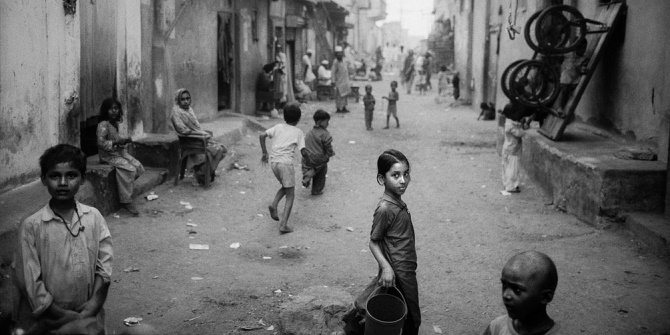Priya Kale reflects on the apparent suicide of Ram Singh and what it means for justice in India.
The apparent suicide of Ram Singh, the main accused in the horrific gang-rape of a student in New Delhi in December last year, has brought an unexpected twist to the closely scrutinised trial of the six detainees. The protests in the aftermath of the victim’s death, which culminated in a landmark report and an ordinance, were hailed as a watershed in the way India deals with sexual assault. Singh’s death unexpectedly changes the trajectory of the narrative, which until now has been about the societal and systemic lacunae that enabled a widespread ‘culture’ of rape. Now it’s also about the rights of prisoners. Suddenly, the accused assaulter has become the victim.
The instinctive, knee-jerk reaction to news of Singh’s death is an emotional one: it’s easy to say ‘he deserved it’—garbing it in the philosophy of poetic justice is the intellectual equivalent of curling into a foetal position. While most people would find it difficult to feel sympathy for Singh, his death throws up two broad strands of questions.
First, if Singh’s death was indeed a suicide, it brings into sharp focus the functioning of India’s most secure prison facility. How was a man able to hang himself with his own clothes while the three inmates he shared his cell with slept through it all? As a high-risk prisoner, Singh should also have been on a ‘suicide watch’. So what went wrong in Tihar Jail that morning?
Singh’s lawyer and parents allege murder. They have said that he was assaulted and raped in prison. While this is no doubt a possibility, it is only when the magistrate’s inquiry, set up to look into the incident, concludes will we know for sure. Either way, his death is a serious lapse in a criminal justice system already reeling under the pressure of public anger and popular opinion. If the inquiry finds that he was murdered, those responsible for his well being are going to face some very uncomfortable questions regarding the motives for his killing.
Second, what does Singh’s death mean for justice, particularly in the broader context of the ongoing trial of those accused of the gang rape and murder of Nirbhaya (as the victim has come to be known)? In other words, assuming that Singh would have received the harshest possible sentence – i.e. the death penalty – does the end justify the means? The answer is no. A fair and transparent criminal justice system is the cornerstone of any functioning democracy. Without getting into the merits (or the lack thereof) of capital punishment, it is clear that a death sentence is very different from a suicide. Every detainee must go through the motions of trials and appeals, no matter how open and shut the case. If not, we are just one step away from kangaroo courts and a justice system that is essentially a series of witch hunts. Moreover, the fact that Singh’s death has shifted the debate away from Nirbhaya and sexual assault legislation to focus instead on his rights is problematic.
The most uncomfortable question India has to confront is this: given the brutality of the crime of which Singh was accused, was he entitled to the same rights as, say, an embezzler or perjurer? The answer is an unequivocal yes. The need to discuss the state of India’s prisons and the conditions under which custodial deaths occur is long-standing. But this wasn’t meant to be the opportunity for that discussion. One can only hope that this incident will open the murky discourse on rape, violence and lack of rights in prisons in some meaningful way. If the administration really does want to make amends, perhaps it could formulate a protocol for how inmates with a high-risk factor or a high profile should be monitored. For instance, CCTVs that monitor cells in real time would go a long way towards ensuring prisoner safety.
The real problem is that in subverting Singh’s rights, we have subverted Nirbhaya’s. In an ideal scenario, India’s justice system should have found her rapists guilty so that they could clearly be branded as such. But now, as Nirbhaya’s brother said, Singh died on his own terms (if his death was indeed a suicide, provoked by guilt or fear of the trial proceedings), which feels “unfair”. If he was forced to do so because of prison abuse, then there is something seriously wrong with the way Indian jails are run. And if he was murdered, one can only shudder at the ease with which prisoners can be ‘bumped off’. There is no comfort in any of the possible ways in which this incident played out. And ultimately, justice for Nirbhaya was a casualty as well.
Priya Kale completed an MSc. in International Political Economy from LSE in 2011. Follow Priya on Twitter @priya_kale.








Loved this ! It was getting on my nerves the way most people would look upon the incident as a form of ‘justice’ and that it was justifiable considering what he did.
I couldn’t quite see it that way. Just seemed wrong to me. Glad to know some very intelligent people out there think the same 🙂